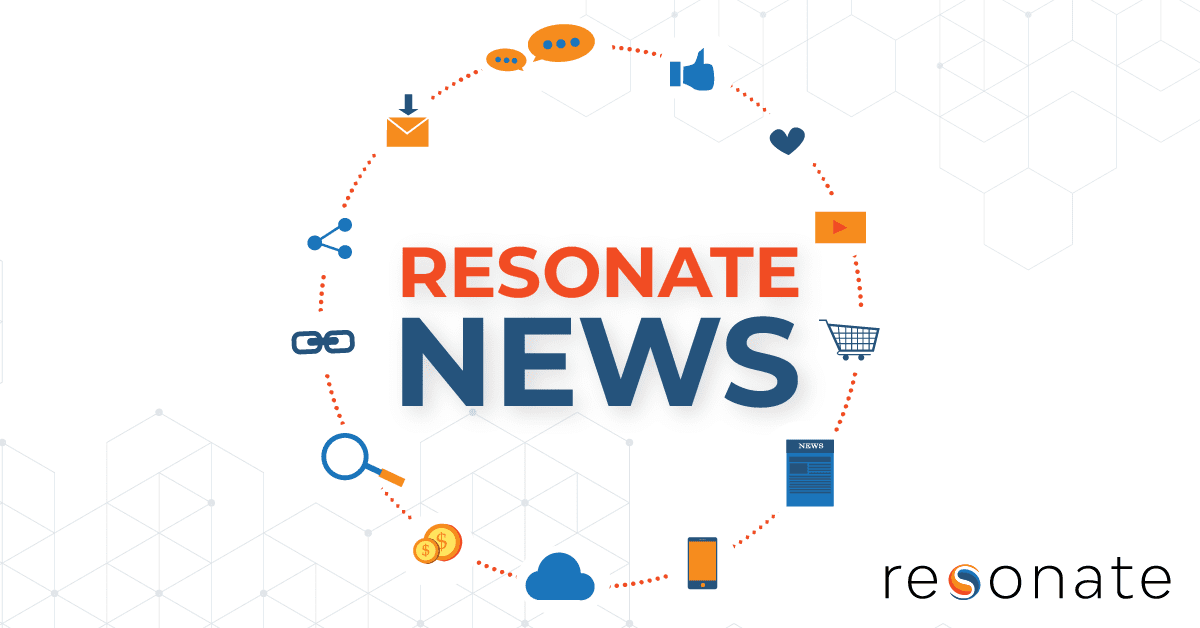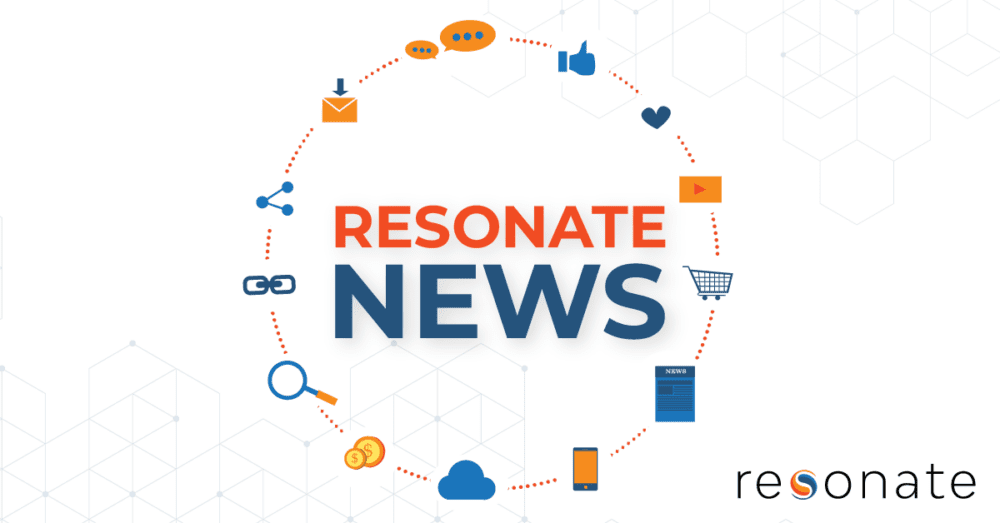The article below was featured in Dataversity on June 7th, 2023. Read it in its entirety here.
Today’s consumers expect the companies they buy from to know their needs and preferences. However, as the advertising and privacy landscape evolves, marketers are facing impediments that limit their understanding of their customers beyond their brand walls. Marketers know that their first-party data has never been more important. But they also know it’s not enough on its own.
To succeed in the modern marketing landscape, marketers must turn to third-party data to add clarity and draw insights to unlock new opportunities for acquisition and retention. The problem is that many brands aren’t going far enough in these efforts. Let’s look at the areas in which marketers can be going further with a privacy-safe, first-party data strategy.
3 Types of Signals for Next-Level Enrichment
When it comes to enriching first-party data, a lot of effort goes into rounding out a demographic and behavioral view of a brand’s customers, but many of the appended insights stop short of giving brands a true understanding of what drives their customers to purchase. But there are signals available for enrichment that can help marketers go deeper, including the following.
- Intent signals: Intent signals help marketers gain efficiencies in their ad spends by giving them a view of who is in-market for their products. These outside signals can help a brand form initial target segments, by product, by giving brands insights into consumers looking to switch service providers (banks, telcos, insurance companies, etc.), those looking to buy a car or house, those looking to add new retail options to their mix, and many more.
- “Why” signals. “Why” signals can give marketers broad or specific insights into product purchase drivers, helping marketers to tailor resonant messaging at the product level. This enables marketers to microsegment according to their intent signals and then tailor messaging according to why a person is most likely to buy a product (e.g., lower rates, no fees, quality, convenience, gluten-free options, good customer service, etc.).
- “What” signals: “What” signals give marketers insight into what consumers value and care about outside of a given product or industry. These are the first-party data enrichment signals that truly enable brands to connect at an emotional level by applying creative and partner messaging that goes beyond product and industry to address what the consumers value most (e.g., family time, acquiring wealth, devotion to faith, brand integrity, trust, alternative energy, etc.).
Going Deeper with Up-Leveled Insights
So, what does more sophisticated first-party data enrichment look like in action? Here are just a few examples of use cases (described here in more detail) for putting enhanced insights into action.
- Enriching for custom journeys: A leading fin serv company needed to fend off disruptors and traditional competitors, but it was struggling to understand life stages that would drive demand and enable scaling. The company enriched its first-party data with customer survey data as well as events attributes help its team to understand which tax filers would be filing late via extensions vs. early vs. on-time filers. With these insights, the company developed hundreds of custom audiences to create personalized offers and messaging across channels at scale. As a result, it saw a 21% increase in conversion to premium products and an 18% reduction in third-party data costs.
- Enriching around uncontrollable societal shifts: A global entertainment brand wanted to drive theme park attendance and revenue during the pandemic. To do this, the company needed insights into potential and prior visitors to develop strategic advertising outreach and increase park attendance. To accomplish this, the company enriched its CRM data with recent events attributes to identify consumers with high propensity to travel and visit a theme park in a specific timeframe during the pandemic. The company then optimized marketing efforts by tailoring messaging and offers to these visitors. As a result, the brand drove 15% higher conversions, 117% higher landing page views, 62% lower cost per landing page view, 55% higher open rates and a 7% higher click rate than campaign averages.
- Enriching for cross-team success: A CPG home brand was achieving strong performance in two product categories but wanted to expand categories and achieve aggressive growth. The company leveraged unique insights to enrich its first-party data and create four key consumer personas, which were then used to drive all strategic business decisions and set the tone for future product and marketing strategy: Product development leveraged the insights to develop more resonant products and features; sales used the insights to profile retailers’ customers to develop private-label products, improve merchandising and drive channel growth; and the marketing team used the personas to create more compelling and engaging creative and messaging and optimize its media plan to reach the right people in the right place. As a result, the company has seen two-fold e-commerce growth over the past two years.
In a competitive landscape, success with first-party data requires an up-leveled enrichment strategy. By tapping into unique insights beyond the demographic and behavioral norm, brands can unlock new growth and deliver the type of personalized and highly targeted experiences that customers expect.

